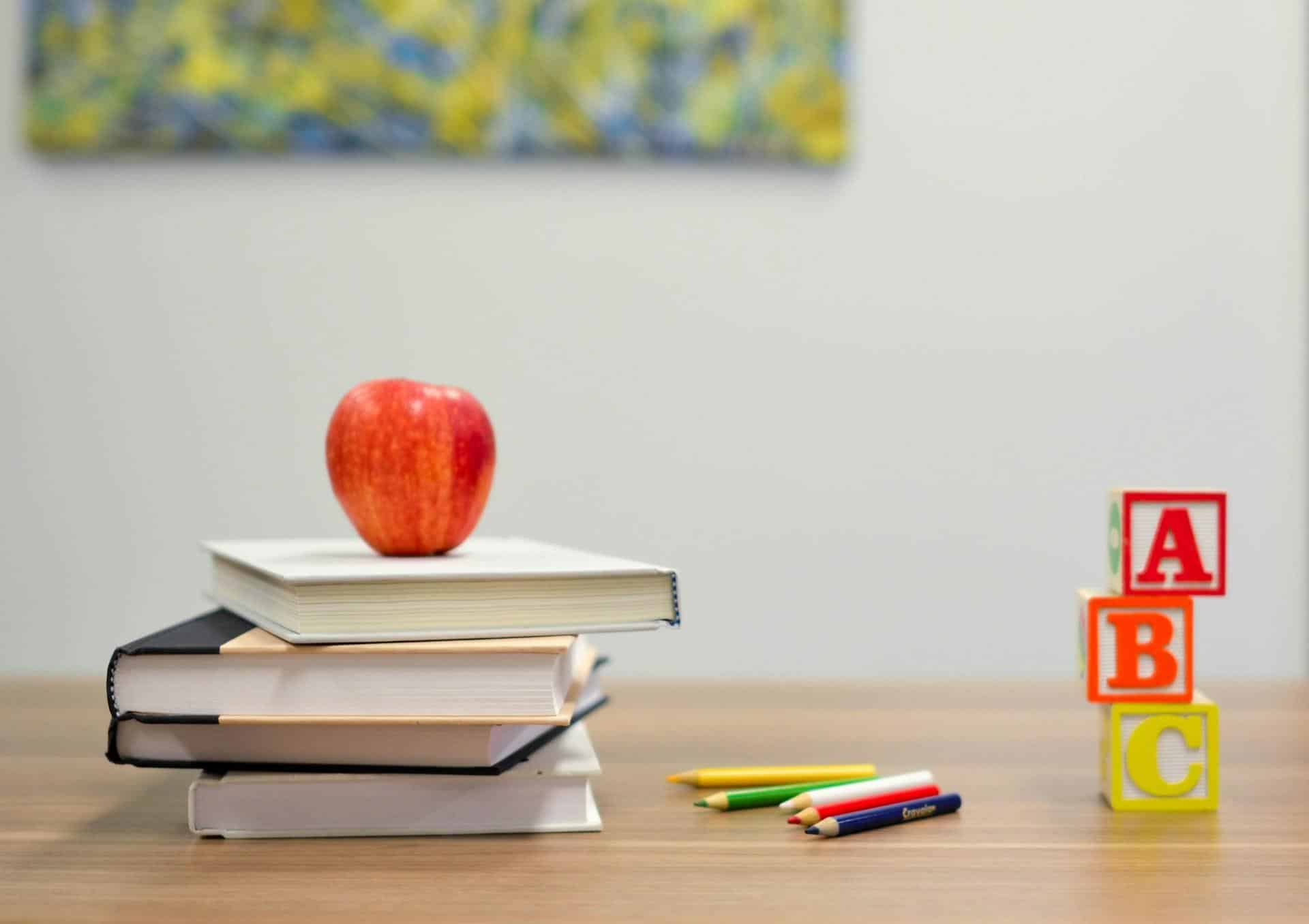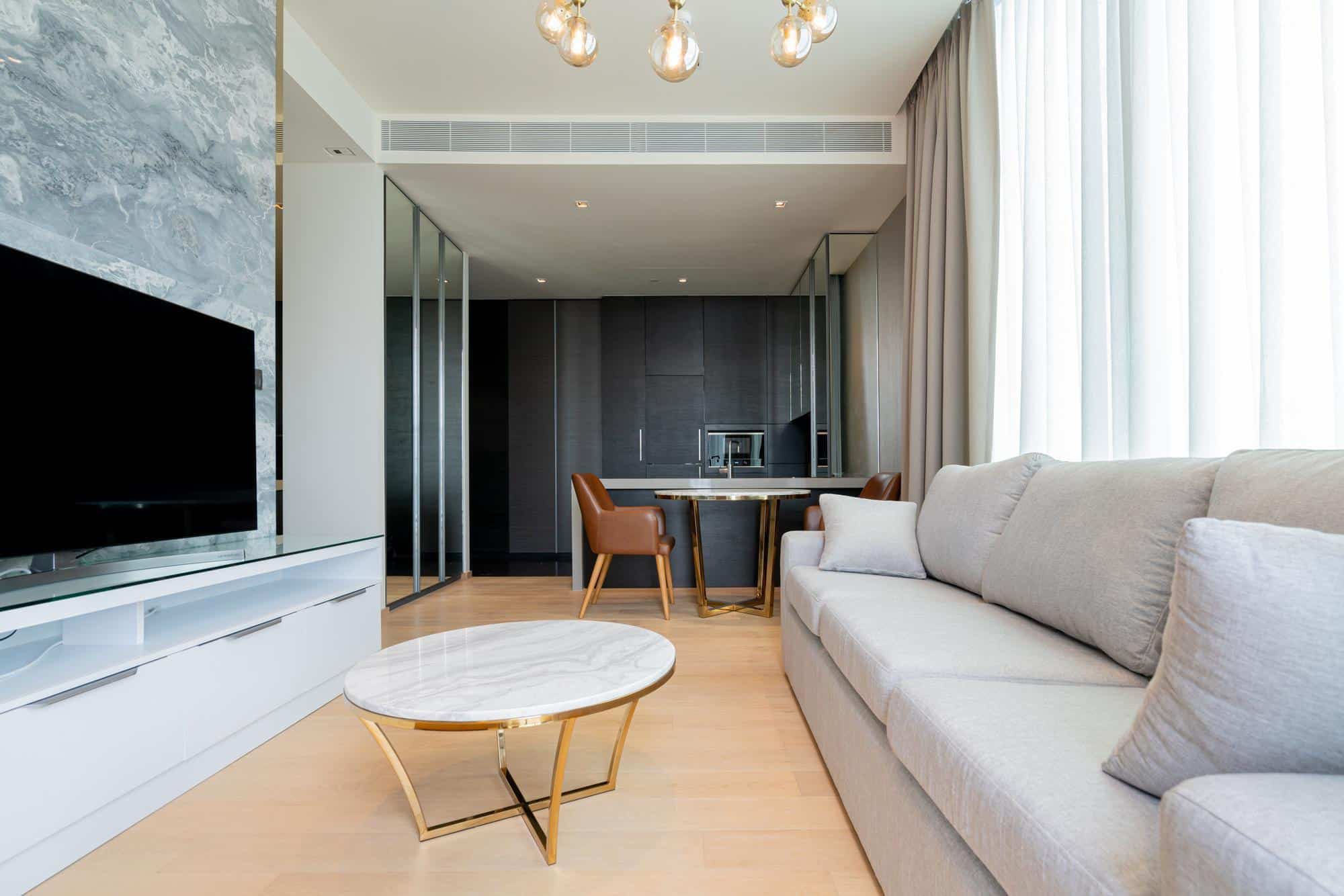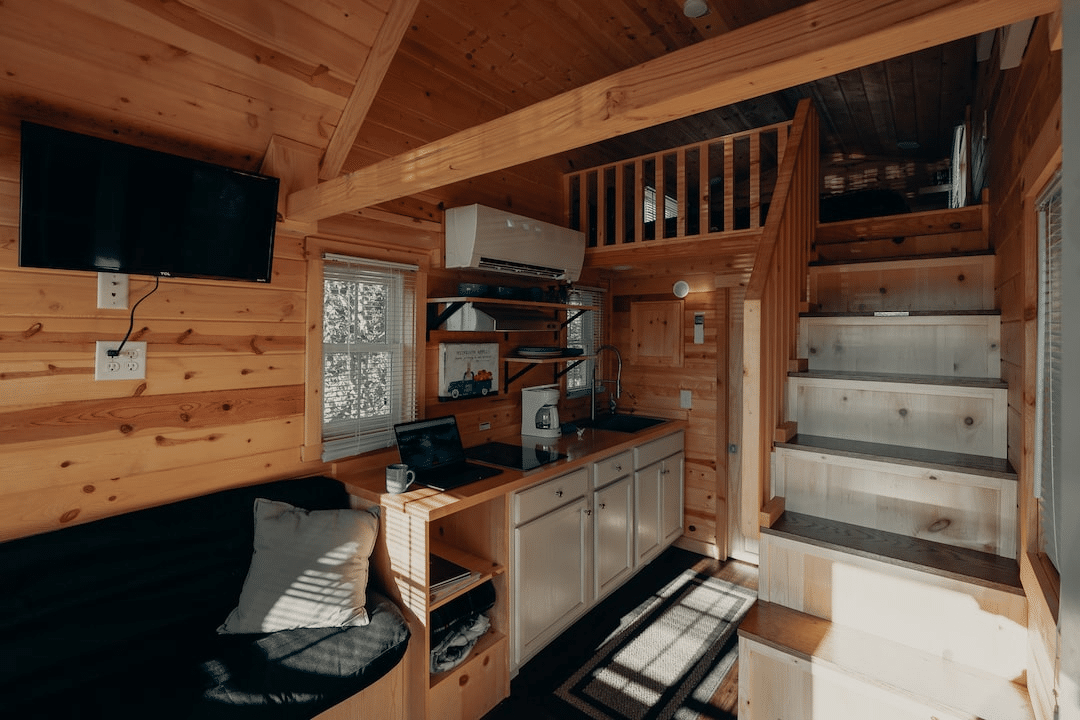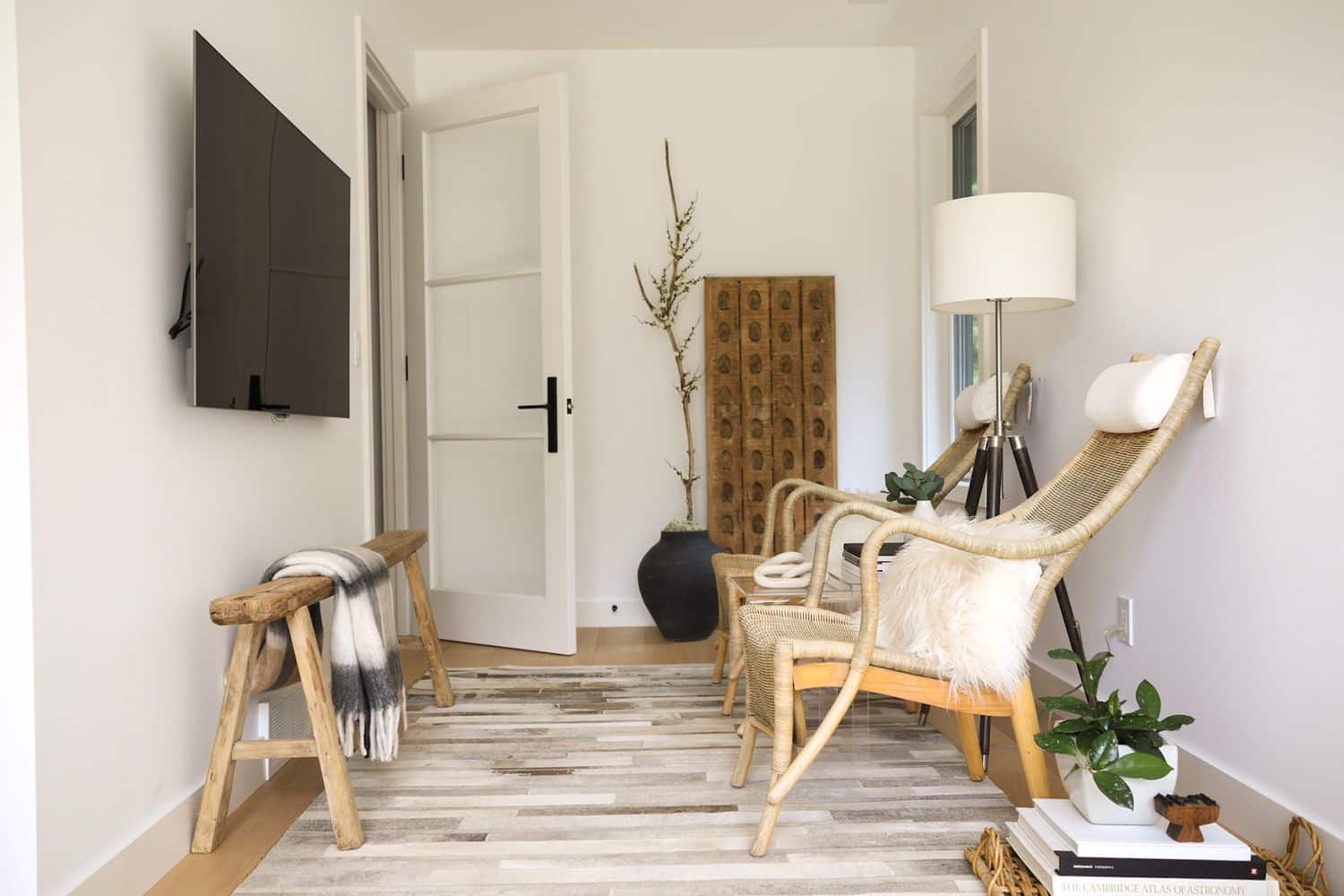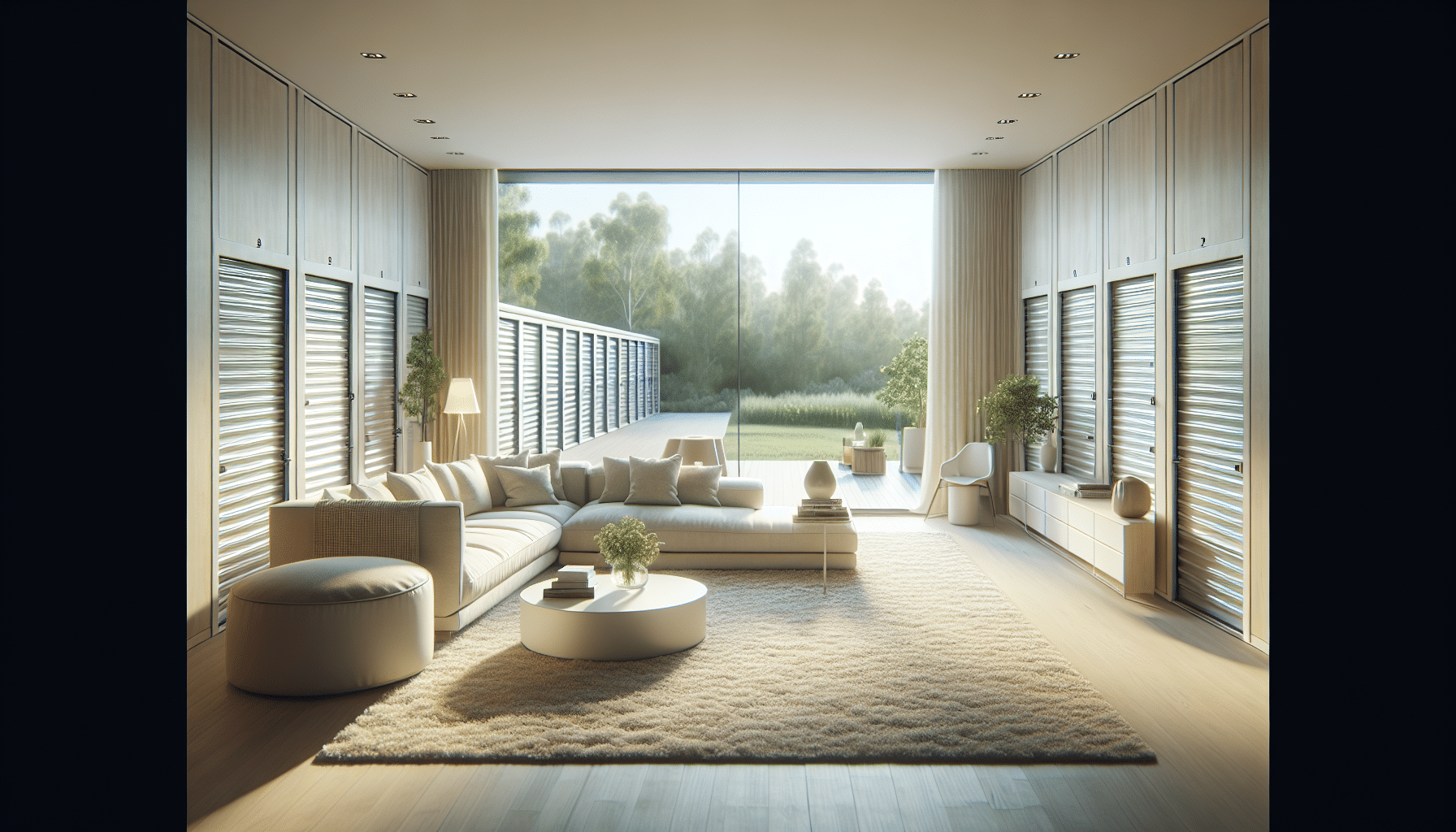Best Practices for Incorporating Educational Themes Into Home Decor for Children’s Spaces
Creating an educational yet playful environment for children at home can significantly contribute to their learning and development. Parents and caregivers can provide stimulating spaces that encourage curiosity, creativity, and a love for learning by incorporating educational themes into home decor. Here are some best practices for integrating educational elements into children’s spaces, ensuring these areas are functional, safe, but also engaging and inspiring.
Choose Themes That Spark Curiosity
Selecting themes that naturally pique children’s interest is essential. Themes related to space, wildlife, undersea adventures, or even fairy tales can transform their rooms into fascinating worlds to explore, offering endless possibilities for educational content. From solar system mobiles that introduce children to astronomy to wall decals of forest animals that teach about different species and their habitats, each theme is a gateway to learning.
The key is to choose broad themes to encompass a variety of learning materials and engaging enough to capture children’s imaginations, ensuring the educational journey is as captivating as a well-crafted admissions essay that opens the door to new academic adventures.
If, as a learner, you need to write a school paper on one of these themes and want some help, ask professionals to “write my admissions essay for me“. This can significantly improve your academic performance.
Incorporate Interactive Elements
Interactive decor elements can turn passive learning into an active, hands-on experience. For example, a world map rug can serve as a fun and educational floor covering, encouraging children to learn about geography, cultures, and languages as they play.
Magnetic wall boards or chalkboard paint can transform a section of the room into a creative space for drawing, writing, and other expressive activities, facilitating literacy and artistic skills. Parents can create dynamic spaces that stimulate learning through play and exploration by including interactive features in room decor.
Utilize Educational Wall Art
Educational wall art is a powerful tool for integrating learning into children’s daily environments. Alphabet posters, number charts, or artwork featuring historical figures and landmarks can decorate the walls while serving as visual learning aids.
These elements can be aesthetically pleasing and functional, providing opportunities for children to familiarize themselves with basic concepts and important information simply by spending time in their rooms. Choosing art that aligns with the room’s theme can also help maintain a cohesive look while adding educational value.
Incorporate Books and Reading Nooks
A well-curated selection of books displayed in an accessible and inviting way can significantly enhance the educational value of a child’s space. Creating a cozy reading nook with comfortable seating, good lighting, and shelves filled with various books encourages regular reading habits and a love for literature from an early age.
This area can become a sanctuary for imagination and learning, where children can explore different subjects, cultures, and stories. Regularly updating the book selection to match the child’s growing interests and reading level keeps the space fresh and engaging.
Choose Functional Furniture That Promotes Learning
Furniture in a child’s room should be more than just functional; it should also promote learning and creativity. For instance, a height-adjustable desk encourages good posture and can be used for various activities, from homework to art projects.
Storage solutions like labeled bins and shelves help children learn organizational skills and responsibility for their belongings. Parents can create a space that encourages play and learning by selecting furniture that supports educational activities.
Ensure Flexibility for Growth and Change
Children’s interests and educational needs evolve rapidly, so it’s crucial to design their spaces flexibly. Using neutral tones for walls and larger furniture items allows for easy updates to the decor and educational themes without a complete overhaul.
Incorporating modular and multi-functional furniture ensures the space can adapt to the child’s changing needs, whether transitioning from a play area to a study space or updating the theme to match new interests. This approach ensures the room remains relevant and stimulating as the child grows.
Foster an Environment of Discovery and Experimentation
Designing a space encouraging discovery and experimentation can significantly enhance its educational value. This might involve setting up a small science corner with a microscope and simple experiment kits or a craft area stocked with materials for creative projects.
Spaces like these invite children to explore their interests in-depth, develop critical thinking and problem-solving skills, and discover their passions. By creating an environment that values inquiry and creativity, parents can nurture a lifelong love of learning in their children.
In Conclusion
Incorporating educational themes into home decor for children’s spaces requires a thoughtful balance between functionality, safety, and stimulation. By choosing engaging themes, incorporating interactive elements, utilizing educational wall art, creating reading nooks, selecting functional furniture, ensuring flexibility, and fostering an environment of discovery, parents can create spaces that not only support their children’s developmental needs but also inspire a deep and lasting love for learning.
These best practices provide a roadmap for transforming children’s rooms into enriching environments that contribute to their growth and education, making every moment spent in these spaces a valuable learning opportunity.

